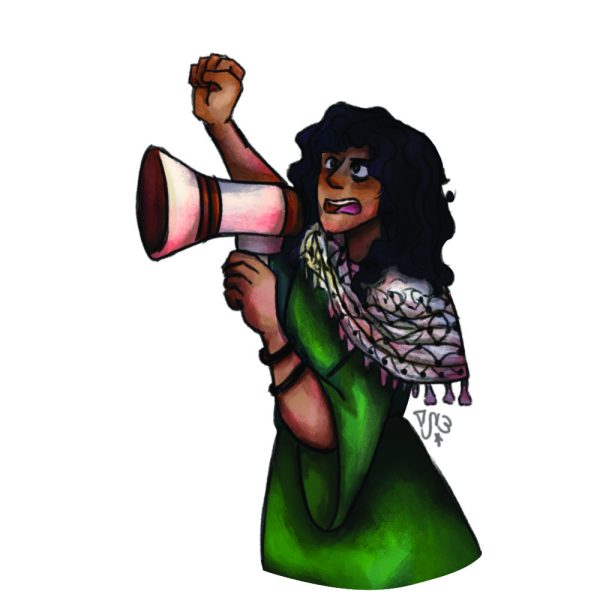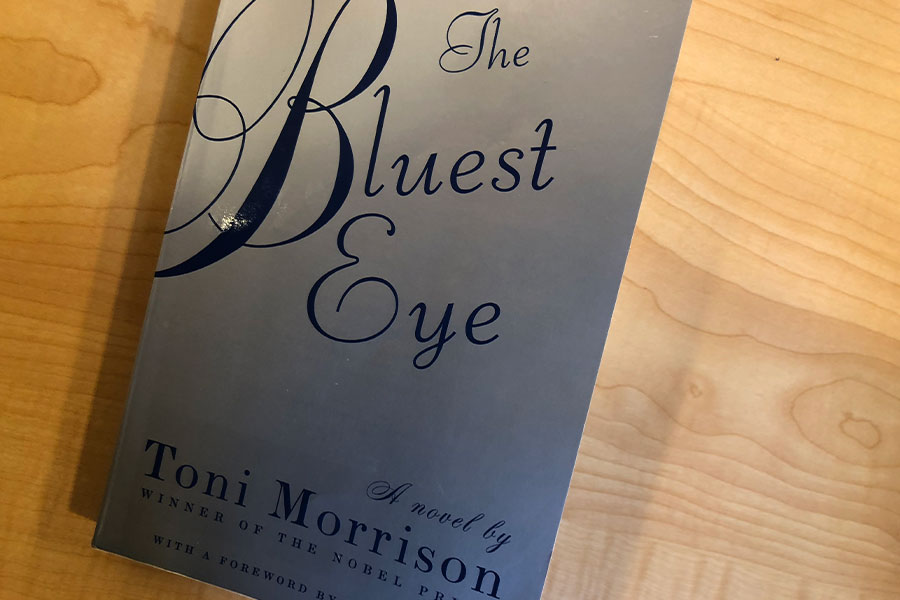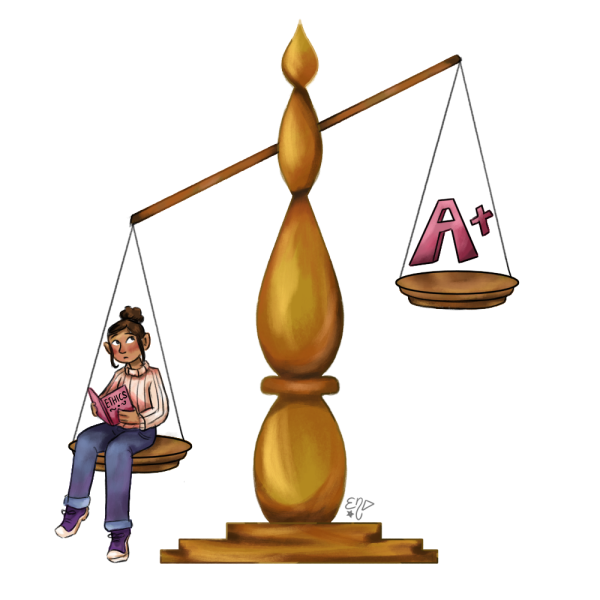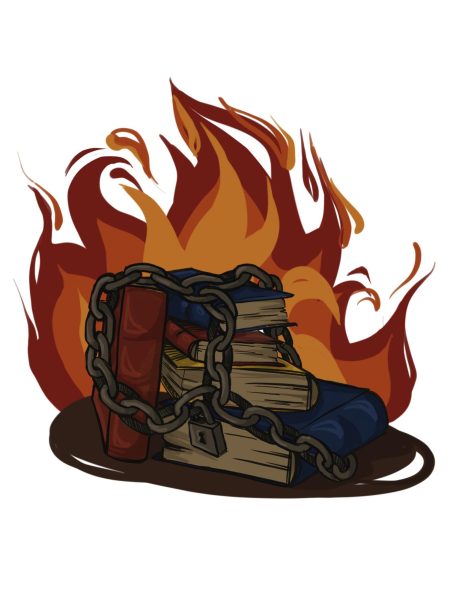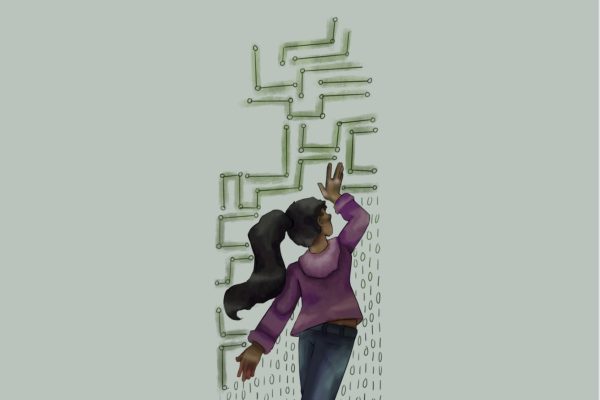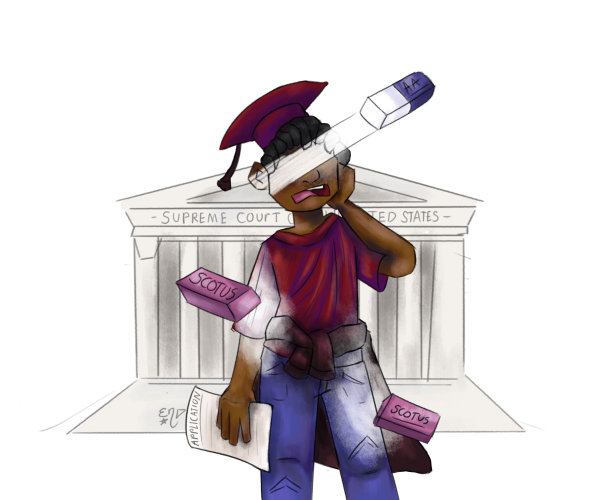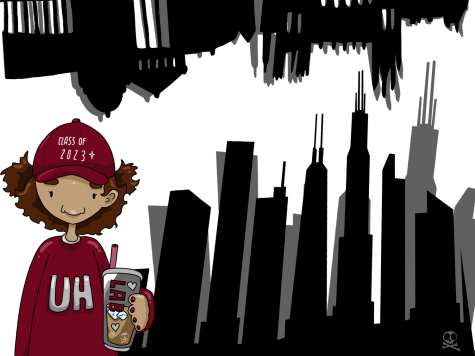Curricula evolve in response to calls for diversity
The Bluest Eye, a longstanding component of the English 2 curriculum, used to be paired in English 1 with Maya Angelou’s “I Know Why the Caged Bird Sings.” The latter has been dropped so as to avoid creating a pattern of books about the exploitation of young girls of color.
The Black Students’ Association called for more diverse subject matter across the curriculum in their open letter, delivered at the Martin Luther King Jr. Assembly Jan. 16, placing a spotlight on departments to reflect these demands in their curriculum.
Along with a nudge from the letter, the Art, Music, History and English departments have been making large and small curricular changes to make way for diverse voices that reflect the identities and interests of the student body over the last several years.
“Curriculum should be constantly flowing and changing to meet the needs of the students who are here,” history department chair Naadia Owens said.
Art department chair Sunny Neater said she tries to present diverse perspectives in her classroom through the artists she showcases. Ms. Neater described how she showcases “straight, male, white artists” only as inspiration through the lens of deep social justice artistic practice or working allyship.
“In our courses, we want to be very mindful of the artists we share with students,” Ms. Neater said. “We want to reflect our students body and make sure we are representing artists and people of color from a place of excellence rather than a place of deficit.”
The music department is also making changes in existing classes and in the construction of new courses to reflect the student body. According to chair Rozalyn Torto, in the last several years, throughout all grade levels, music classes have been adjusting the amount of music by “old white men.” The music department also presented students the opportunity to register for a new course on the history of African-American music called Evolution of African-American Music Traditions along with a new symphony orchestra class.
“The goal is to help students feel as though music can be more than a requirement,” Ms. Torto said. “In the end, though, it is up to the students to sign up for the courses they express interest in.”
Similar to Ms. Torto’s call for students to take advantage of the courses offered, Ms. Owens noted that in the early 1960s, U-High’s African-American U.S. history course began due to student demand. According to Ms. Owens, during sit-ins on the university’s campus, black students called for a African-American history course in the curriculum.
We are adding lots of complementary, supplementary materials that testify to the vibrancy of African-American life. Almost every week we’re trying to add something into the class that the students have as a counterpoint to Pecola
— Mark Krewatch, English department chair
“If that is the history of this department,” Ms. Owens said, “we need to continue to push for that as students ask for, demand and deserve LGBTQ history and more of their identities.”
In the last two years, the curriculum has two new classes: Comparative Politics and Global Relations and Modern World Religions. The history department has added more history on indigenous peoples to the Early World History course and a more extensive West African unit to AT African-American U.S.History. The history department also surveyed students about interests in elective topics to help fuel future courses.
“As a department, we really hope to hear from students and student groups about where they’d like to see themselves and their own identities more in our curriculum,” Ms. Owens said.
Faculty in the English department have also been making curricular adjustments to reflect the identities of the student body.
English teacher Colin Rennert-May described a list from Peggy McIntosh of Wellesley College unpacking white privilege and how it applies to the English curriculum.
“The author says that one of the privileges as a white person was knowing that she or her children would read a book testifying to the existence of her race every year in class,” Mr. Rennert-May said, adding that some U-High students might go multiple years without reading a book that testified to the existence of their race.”
The English department is working to change this. Last summer, English teachers decided to drop “I Know Why the Caged Bird Sings” from English 2, Literary Analysis, because pairing it with “The Bluest Eye” created a sequence of victimization of young, African-American girls. A few years ago, the English 2 curriculum made space for a literary translation unit to allow students to explore their own identities, and added “Fortunes,” a book exploring Asian-American identity.
“We are adding lots of complementary, supplementary materials that testify to the vibrancy of African-American life. Almost every week we’re trying to add something into the class that the students have as a counterpoint to Pecola,” department chair Mark Krewatch said, referring to a key character in “The Bluest Eye.”
Speaking about the BSA open letter, Ms. Owens said, “I think that that kind of under-butt fire-lighting is not an accident, and I think that it really helps propel us into conversations about where we want to go and what we’re doing to get there.”



